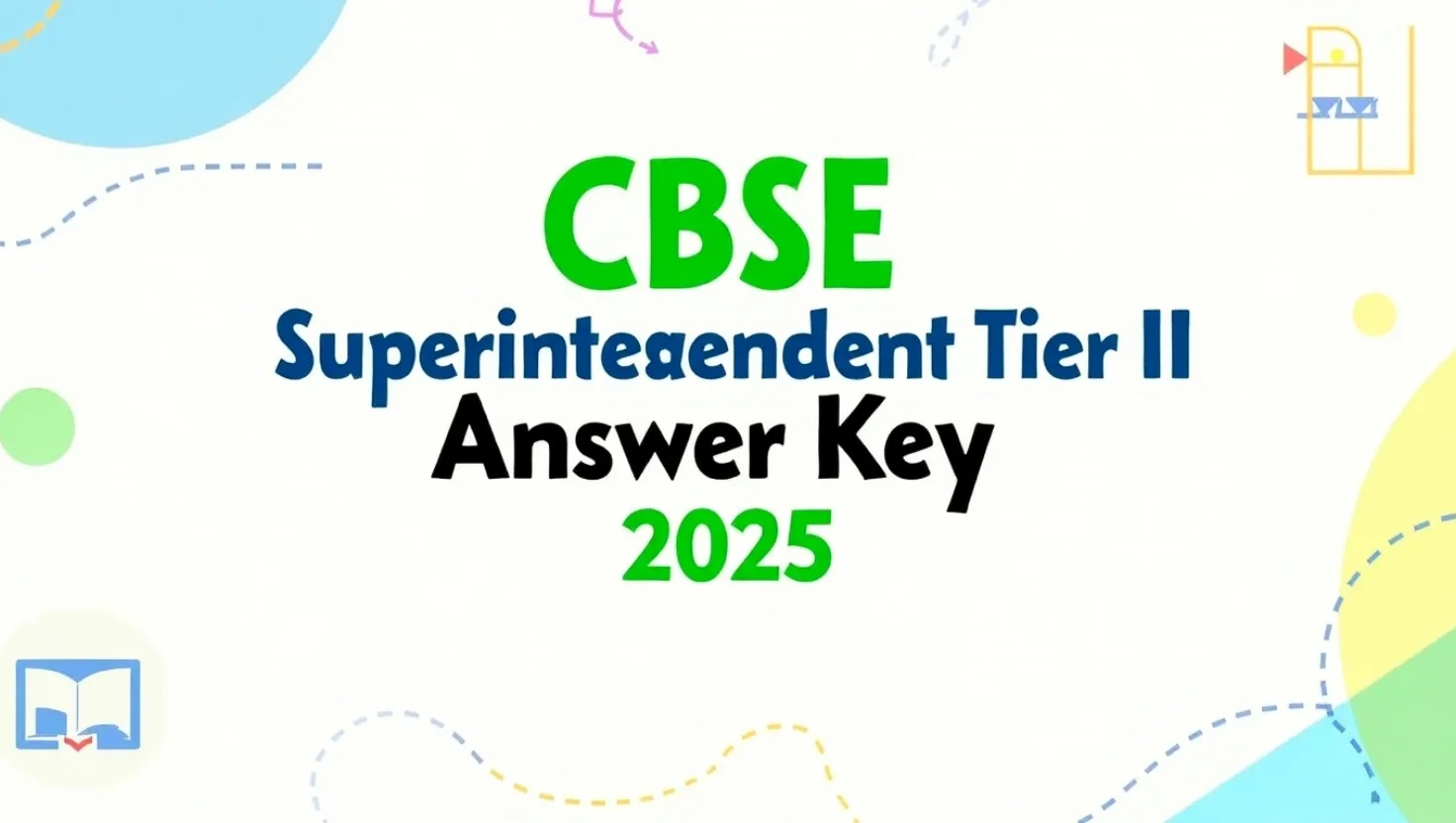The WBJEE 2020 Mathematics paper remains a valuable resource for students preparing for the West Bengal Joint Entrance Examination. It covered a range of topics from Algebra to Calculus and Coordinate Geometry, and it tested both speed and accuracy under a limited time. The paper followed the usual WBJEE format with a mix of one-mark and two-mark questions and included a few tricky ones designed to challenge even well-prepared candidates.
I’m writing about this topic because WBJEE aspirants often overlook the importance of solving previous year’s question papers. Having worked with many students over the years, I’ve seen how solving past papers improves confidence and boosts overall scores. The 2020 Maths paper in particular is useful because it sits at a mid-point of difficulty. Not too easy, not overly difficult — it helps students evaluate where they really stand. Plus, it’s structured in a way that tests conceptual clarity rather than just memorisation. This article will help you understand the question pattern, topic weightage, and also guide you on how to download the paper in PDF format.
WBJEE 2020 Mathematics Paper Pattern and Format
The Mathematics paper in WBJEE 2020 had a total of 75 questions, divided into three categories:
- Category I: 50 questions (1 mark each)
- Category II: 15 questions (2 marks each)
- Category III: 10 questions (2 marks each, with more than one correct option)
Marking Scheme:
- Category I & II: 0.25 negative marking for wrong answers
- Category III: No negative marking, but you had to mark all correct options to get full marks
Time allotted: 2 hours
Total marks: 100
This pattern remains largely unchanged even in recent WBJEE exams, which is why practicing this paper is still relevant.
Chapter-Wise Distribution (Approximate)
Here’s an estimate of the chapter-wise weightage from the 2020 Maths paper:
| Chapter | No. of Questions |
|---|---|
| Algebra (Quadratic, Sequence, Permutation) | 20–22 |
| Trigonometry | 5–6 |
| Coordinate Geometry | 10–12 |
| Calculus (Differential + Integral) | 18–20 |
| Probability & Statistics | 4–5 |
| Vectors & 3D Geometry | 5–6 |
| Sets, Relations, and Functions | 3–4 |
Most students found the Algebra and Calculus questions the most time-consuming, while Coordinate Geometry and Trigonometry were manageable. In Category III, the questions required deeper understanding and careful solving, since partial answers weren’t awarded any marks.
Why This Paper Is Worth Solving
- Conceptual Testing: Most questions were not formula-based. They tested application of logic.
- Exam Readiness: Solving this within 2 hours helps build time discipline.
- Real Experience: You’ll get used to how WBJEE mixes tricky and straightforward questions.
- Useful for Mock Tests: This paper can be used as a self-timed mock before the real exam.
From what I’ve seen, students who practise the 2020 paper gain better clarity on high-weightage topics like Calculus and Algebra. Many of the same concepts keep repeating across years.
Download PDF
You can download the WBJEE 2020 Mathematics Question Paper PDF using the link below. This version also includes an answer key, so you can check your performance after attempting the questions.
[Click here to Download WBJEE 2020 Mathematics Question Paper PDF]
Make sure to attempt the paper without checking solutions first. Use it as a timed test and then analyse your errors.
Final Thoughts
If you’re preparing seriously for WBJEE, solving past year papers like the 2020 Maths paper is non-negotiable. It builds familiarity, highlights your weak areas, and gives you real insight into how the actual exam is structured. Focus more on your solving technique and time strategy. Also, revise chapters like Calculus, Coordinate Geometry, and Algebra well before taking this test — these are always heavy-weight sections.



















